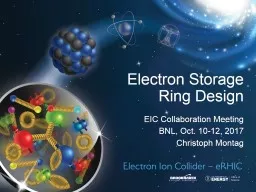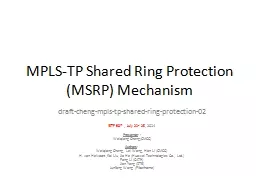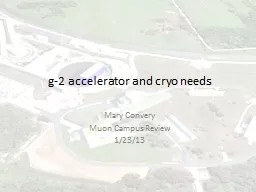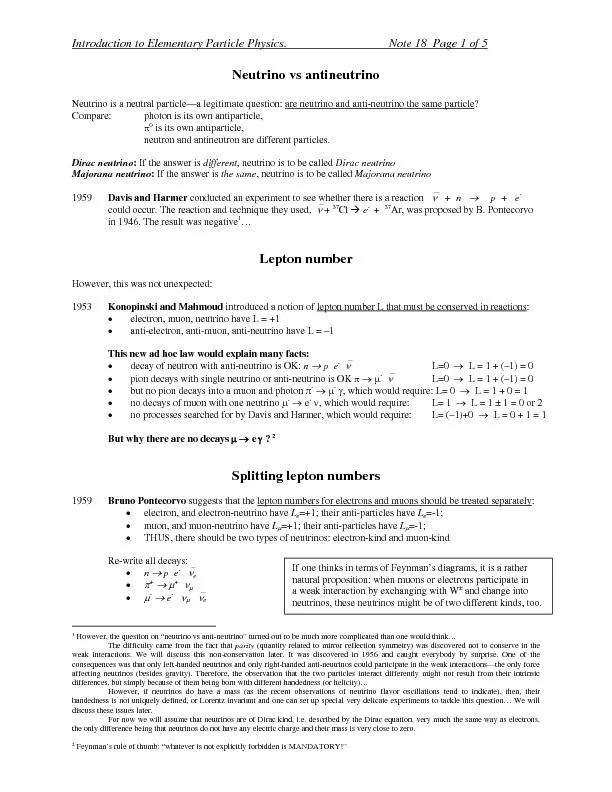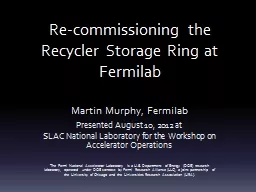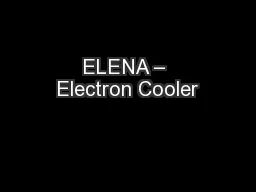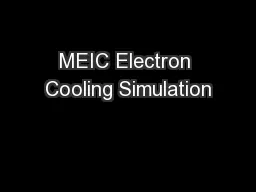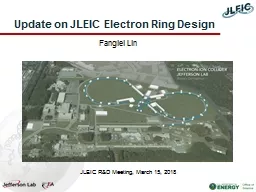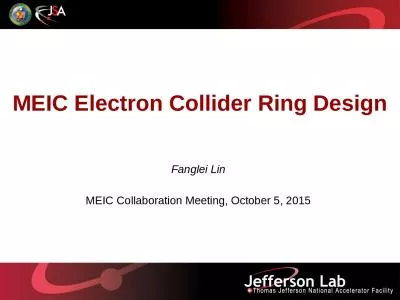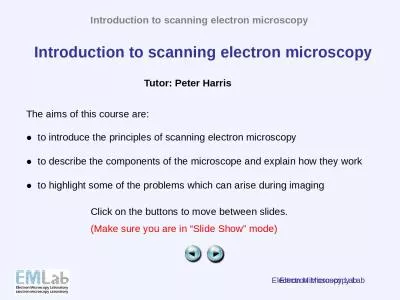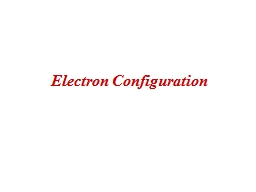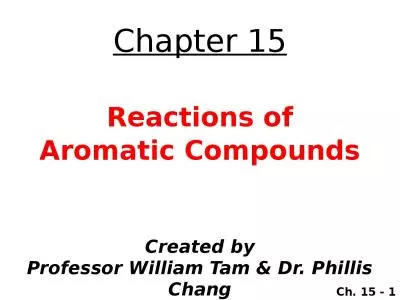PPT-Electron Storage Ring Design
Author : lindy-dunigan | Published Date : 2018-12-20
EIC Collaboration Meeting BNL Oct 1012 2017 Christoph Montag eRHIC electron storage ring To be installed in existing RHIC tunnel 38km circumference 381m tunnel
Presentation Embed Code
Download Presentation
Download Presentation The PPT/PDF document "Electron Storage Ring Design" is the property of its rightful owner. Permission is granted to download and print the materials on this website for personal, non-commercial use only, and to display it on your personal computer provided you do not modify the materials and that you retain all copyright notices contained in the materials. By downloading content from our website, you accept the terms of this agreement.
Electron Storage Ring Design: Transcript
Download Rules Of Document
"Electron Storage Ring Design"The content belongs to its owner. You may download and print it for personal use, without modification, and keep all copyright notices. By downloading, you agree to these terms.
Related Documents

